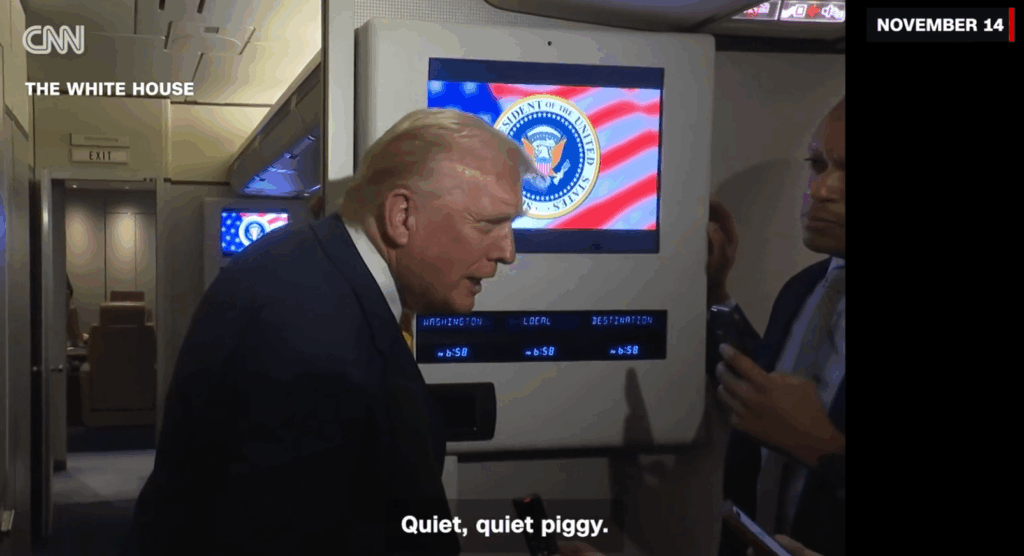(Promo) “Who’s in Control?” was the themed inquiry at this year’s Promotion Marketing Association law conference in Chicago, and according to much of the content presented, the answer was: users, mostly.
In one session, Brian Heidelberger, partner at the entertainment and advertising law firm of Winston & Strawn LLP, pointed out that user-generated content (UGC) can now be found online in multiple places. There are video competitions like the homemade Doritos commercials run during last year’s Super Bowl as well as social or community sites like CafeMom.com and fan comments and interactive games on the Web site for “The Hills” reality TV show.
Current TV lets users go to its Web site, find out what subjects they’re looking for commercials on, and get paid to produce those TV spots. Amazon.com solicits user-generated product feedback, as does the Yelp.com local business search and review site. And in this election year, politicians such as Barack Obama and Mitt Romney are making a point of putting videos created by their supporters on their home pages.
“Ten years ago I’d get a question about video contests once every three months,” Heidelberger said. “Now I get questions about user-generated video and other content almost every day.”
One problem that UGC can bring to the fore is the issue of using copyrighted material, such as music or movie clips. This question can’t always be solved by making users state that they’ve received clearance to use copyrighted material or even restricting them to selected permitted media materials.
Yahoo corporate counsel Matthew MacPhail told the audience that a promotion his company ran with MTV centered around the MTV Movie Awards. Entrants were offered a selection of approved clips from New Line Cinema to use in building movie spoof trailers such as “Texas Chainsaw Massacre: The Musical.” The public voted on their favorite submissions, and entrants could check their vote tallies on an online leaderboard.
But many of the entrants violated the copyright restrictions upon inspection, MacPhail said, and were thus ineligible to win. To make matters worse, that ineligibility didn’t prevent them from attracting numerous popular votes and seeing those votes come in on the Web site.
“That leads to the problem that I like to call ‘everybody’s a lawyer’,” MacPhail said. “These people assumed they were winning, and the public did as well.” The answers, he said, involve making sure to have some strong moderation tools to handle submissions—and acquiring a thick skin to withstand criticism.
Minna Taylor, senior vice president of legal affairs at Fox Broadcasting, pointed out that marketers running online UGC competitions should also be careful about planning to use that content off the Web. She noted that “On the Lot,” a Fox TV show from the 2006 season, solicited original five-minute Web videos from aspiring filmmakers as entries into a reality TV show about the movie business. The videos were posted to a Web site, and the public voted for their favorites. A handful of professionals chose 10 winners for the show based partly on that popular Web vote.
Taylor said one element of the contest prize was that the young directors would have their short videos shown during the premier episode of “On the Lot.” But Fox quickly realized that wasn’t possible, since all the videos used content that had not been cleared for use outside the Internet.
“I’d recommend using only pre-cleared content in user-generated contests,” Taylor said. “And don’t offer other media as a prize.”
Catherine Karol, counsel for General Motors Corp., said her employer has a long history of involvement with user-generated content, from its sponsored car-club Web sites and the http://www.MyCadillacStory.com Web site to a new alliance between Facebook and Saturn.
But it was a contest run in early 2006 to solicit online videos around the new Chevy Tahoe SUV that caused the biggest stir on the Internet, Karol said. That was because while Chevy provided the video clips, users provided the ad copy—and a number of them took the opportunity to unload some vitriolic opinions about Tahoe, Chevy and the pollution impact of the SUV in general.
The disparaging submissions went up on the Web site and attracted more attention than the favorable ones.
Ultimately, the experience was a positive, Karol said, because it started a dialogue with consumers on the issue of environmental impact. It also produced 630,000 visitors to the Tahoe commercial contest site—30,000 of whom then went on to the official Chevy site.



